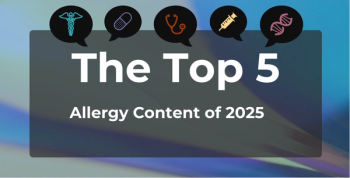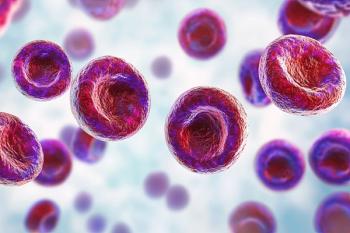
Study Suggests Support Cells in the Brain Are Key Contributors to Huntington Disease
Faulty glia cells in the brain may trigger Huntington disease (HD), a finding that may potentially create a path for new treatments and therapies, according to a recent study in Cell Stem Cell.
Faulty glia cells in the brain may trigger Huntington disease (HD), a finding that may potentially create a path for new treatments and therapies, according to a
The study, by Steve Goldman, MD, PhD, codirector of the Center for Translational Neuromedicine at the University of Rochester Medical Center (URMC) and colleagues, showed that glial progenitor cells derived from human embryonic stem cells (hESCs) expressing mutant huntingtin gene (mHTT) are delayed and defective in their maturation, and their suppressed transcription of differentiation-associated genes leads to both astrocyte dysfunction and deficiency of myelin (the insulating layer of fatty tissue that surrounds nerve cells). In this way, glial pathology may contribute to disease phenotype in HD, the researchers believe.
The research also suggests that viral vectors or
HD is characterized by hypomyelination (abnormally low amount of myelination) and neuronal loss, in particular the loss of motor neurons known as medium spiny neurons. As HD progresses, more and more of these cells die, resulting in involuntary movements, problems with coordination, and cognitive decline, depression, and often psychosis. There is, as yet, no way to slow or modify HD disease progression. Although the symptoms of HD are the result of loss of motor neurons, this study adds to growing evidence that HD may actually be triggered by faulty glia—the brain’s primary support cells. These cells include oligodendrocytes, which produce the brain's supply of myelin, and astrocytes (cells that support neuron function and maintain the chemical balance necessary for nerve cells to communicate with other cells). Magnetic resonance imaging studies of HD patients have shown myelin and white matter loss in the brain long before the symptoms of the disease appear.
To assess the basis for myelin loss in HD, Goldman and colleagues generated bipotential glial progenitor cells (GPCs) from hESCs derived from mHTT embryos or normal controls and performed RNA sequencing to assess mHTT-dependent changes in gene expression. The cells were reprogrammed to become glial progenitors, the parent cell that gives rise to both astrocytes and oligodendrocytes. When these cells are transplanted in the brains of myelin-deficient and immunodeficient mice, they outcompete native cells and produce brains with human glia and animal neurons (glial chimeras).
The glial chimeras myelinated more slowly and less completely than did littermate controls transplanted with GPCs derived from normal control hESCs, the researchers said. In addition, chimeras established with HD hGPCs manifested a marked delay and disruption in astrocytic morphogenesis relative to mice chimerized with normal sibling GPCs. The mHTT hGPCs also manifested impaired astrocytic differentiation and developed abnormal fiber architecture. The investigators conclude that white matter involution in HD is therefore a product of the cell-autonomous, mHTT-dependent suppression of glial differentiation.
“These new findings help pinpoint how the genetic flaw in Huntington’s gives rise to glial cell dysfunction, which impairs the development and role of these cells, and ultimately the survival of neurons,” Goldstein
The study also validated the lab's earlier findings that placed glial cell dysfunction at the center of the disease and the concept that the most direct approach towards halting the progress of the disease might consist of replacing sick glial cells with healthy ones.
Reference
Osipovitch M, Asenjo-Martinez A, Mariani JN, et al. Human-ESC-derived chimeric mouse models of Huntington’s Disease reveal cell-Intrinsic defects in glial progenitor cell differentiation. Cell Stem Cell. 2018;December 13. https://doi.org/10.1016/j.stem.2018.11.010?rel=0"
Newsletter
Stay ahead of policy, cost, and value—subscribe to AJMC for expert insights at the intersection of clinical care and health economics.







































